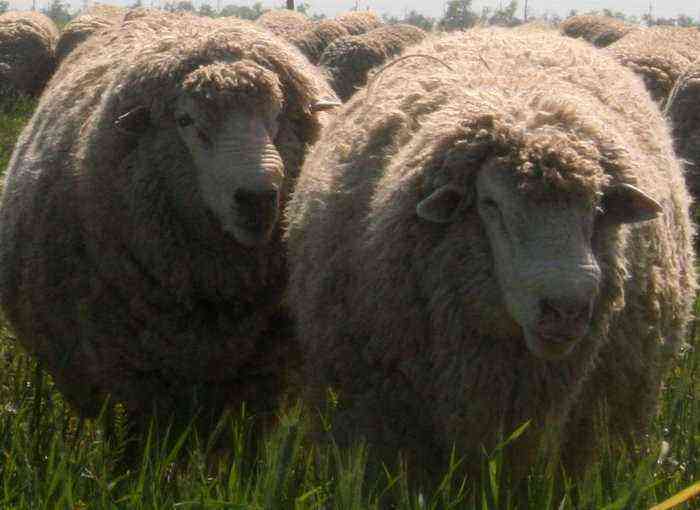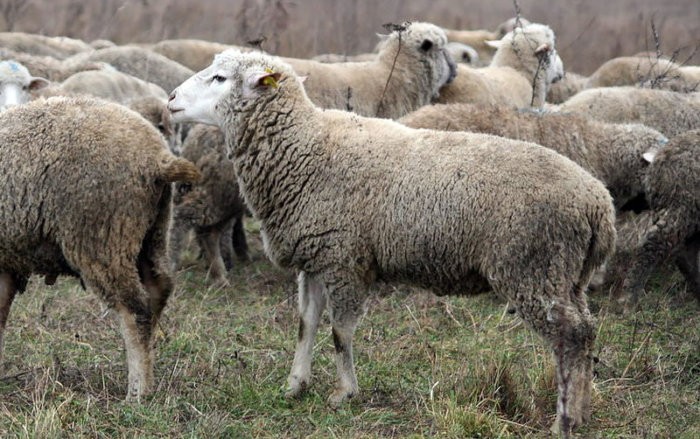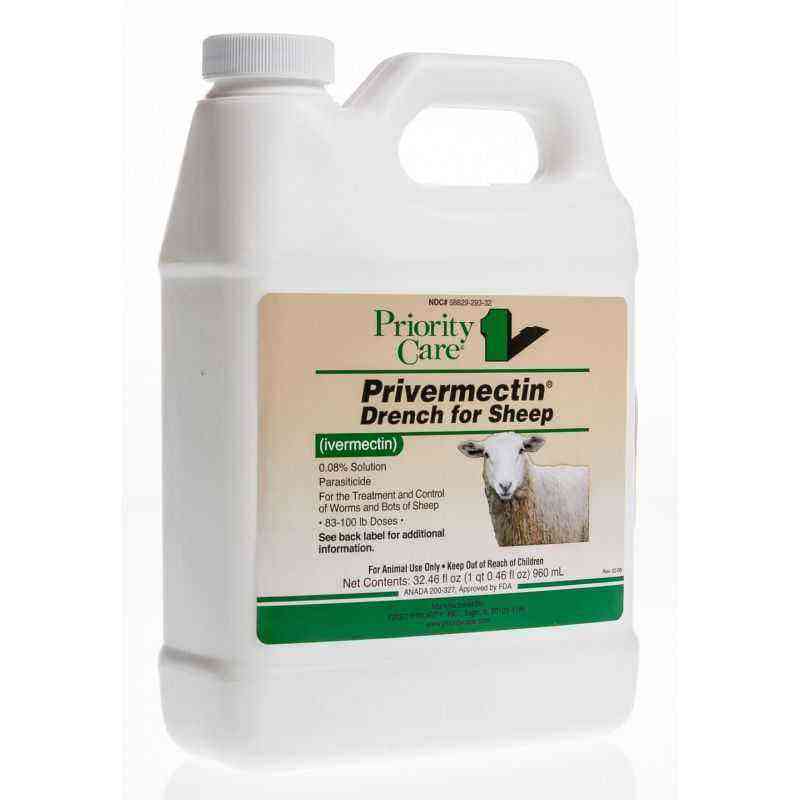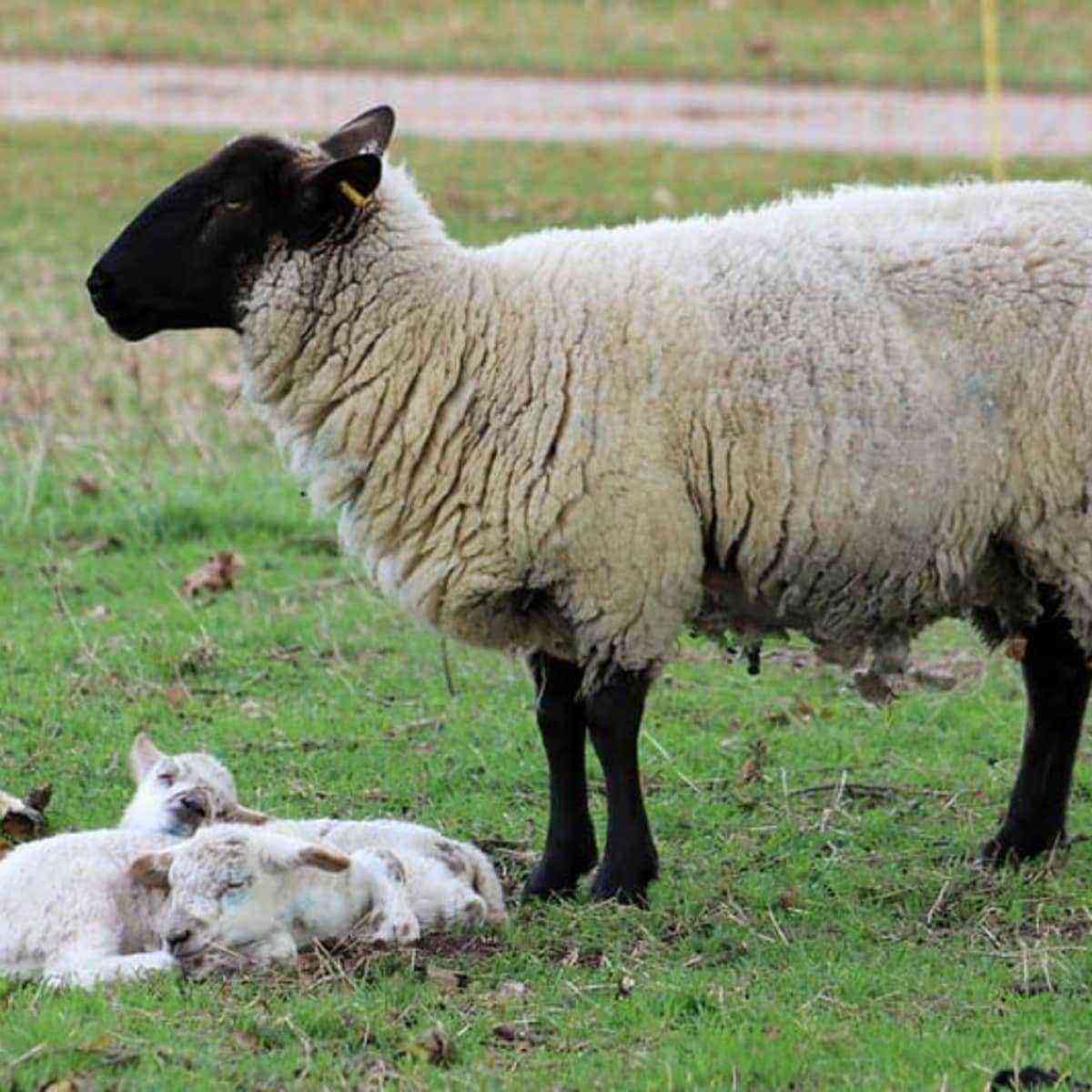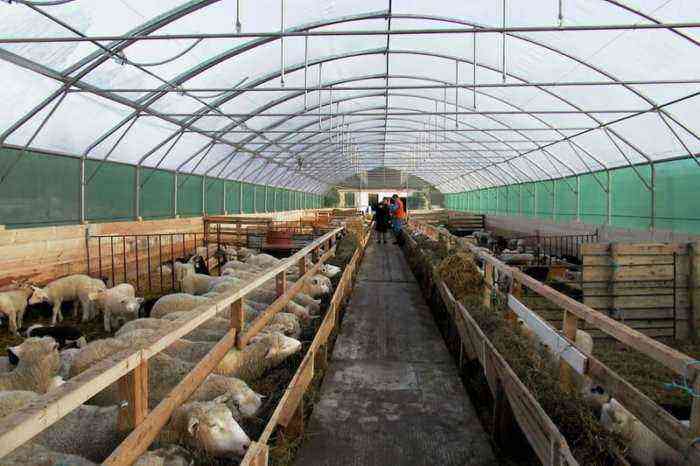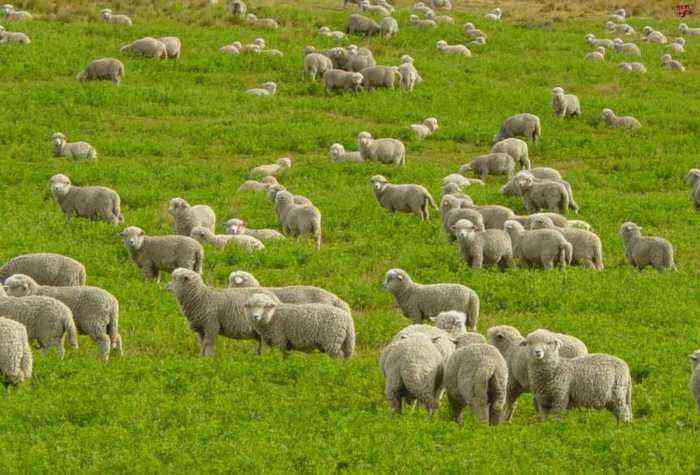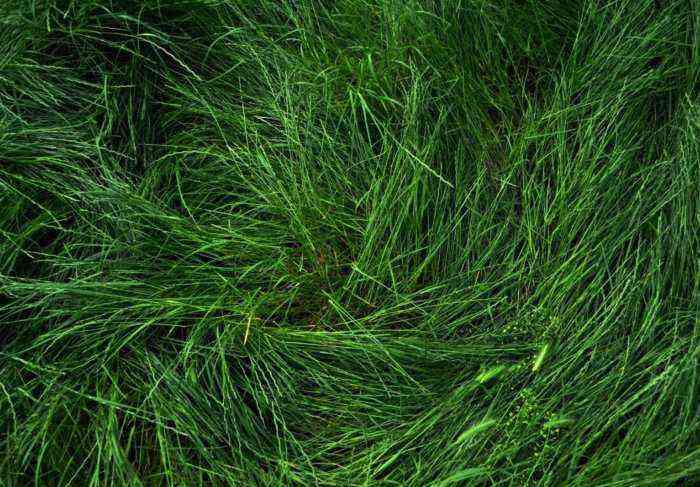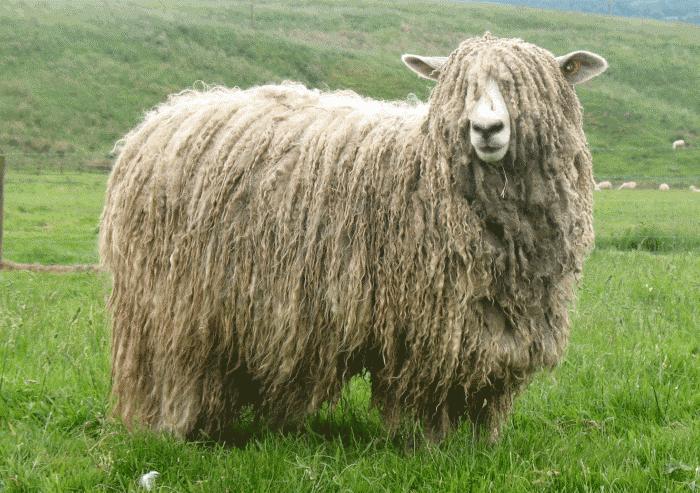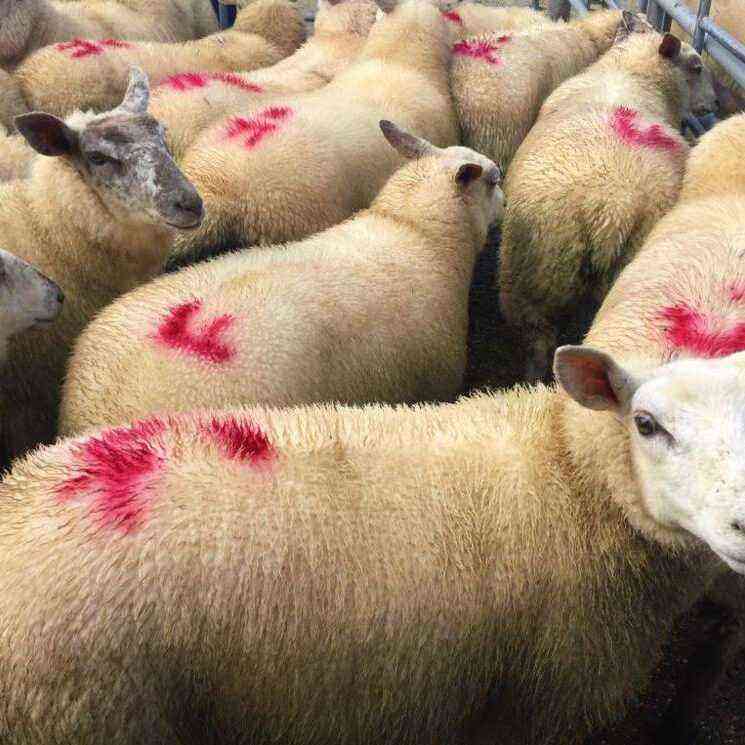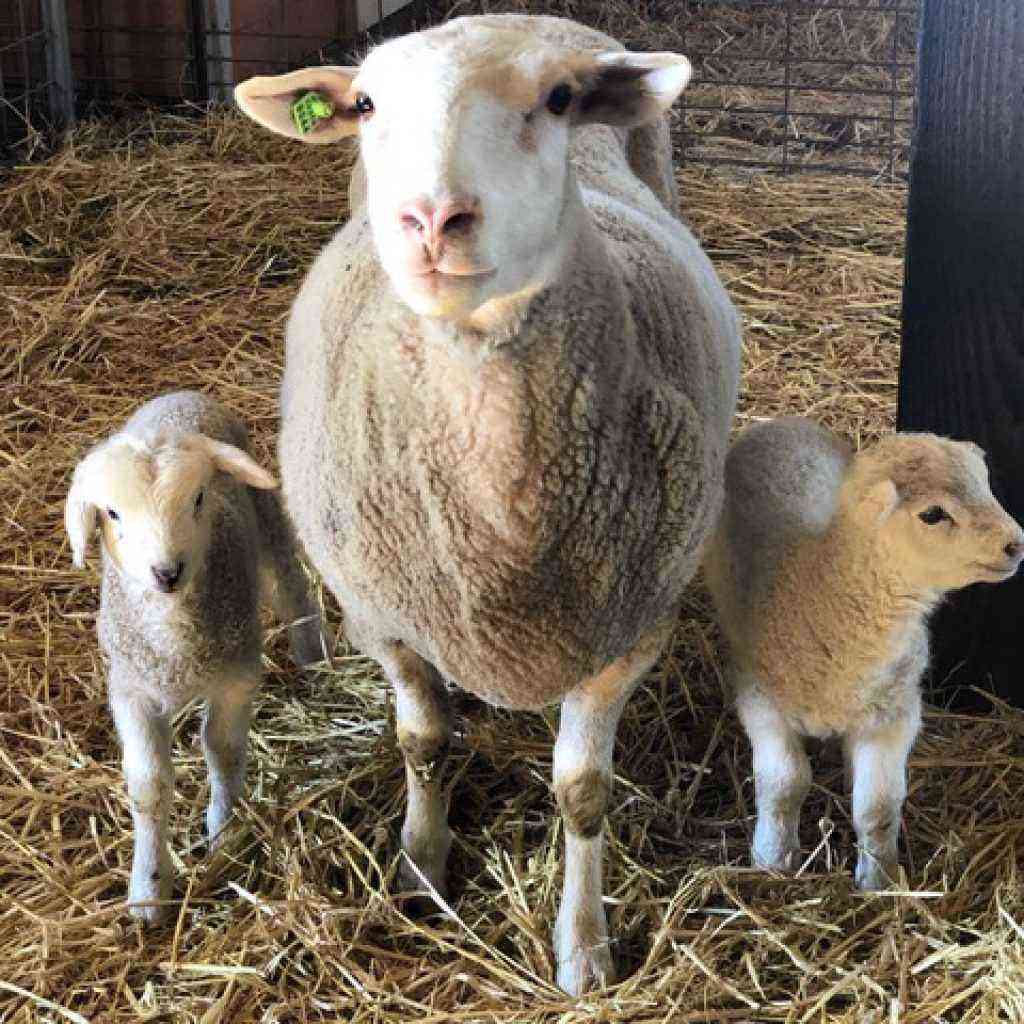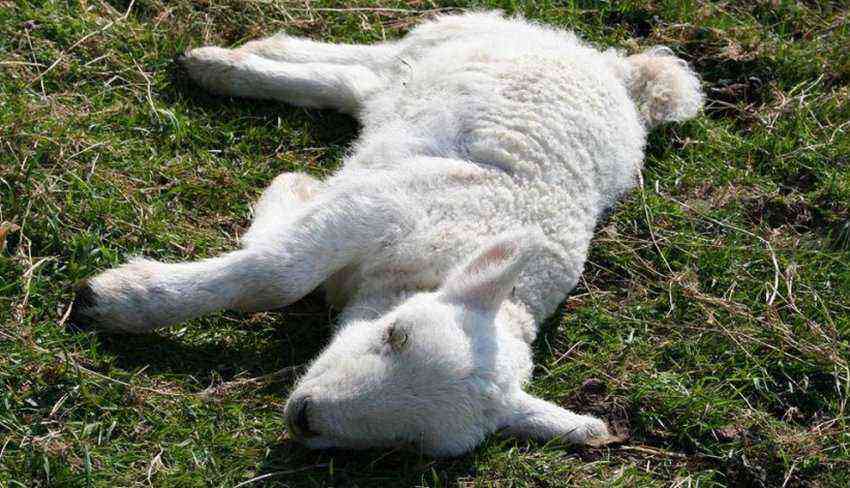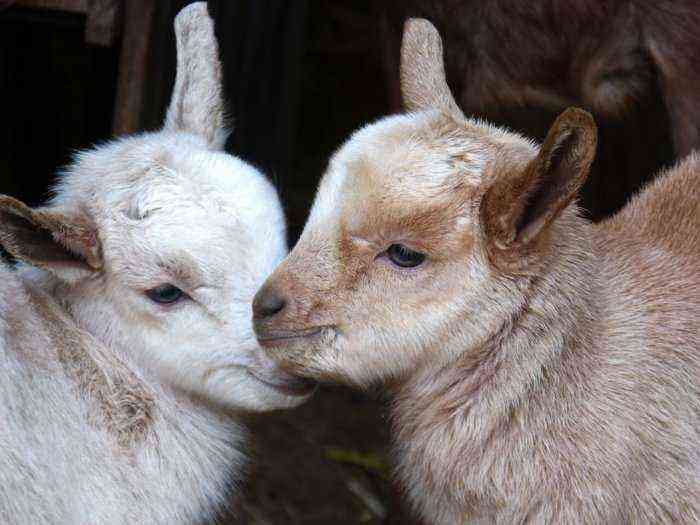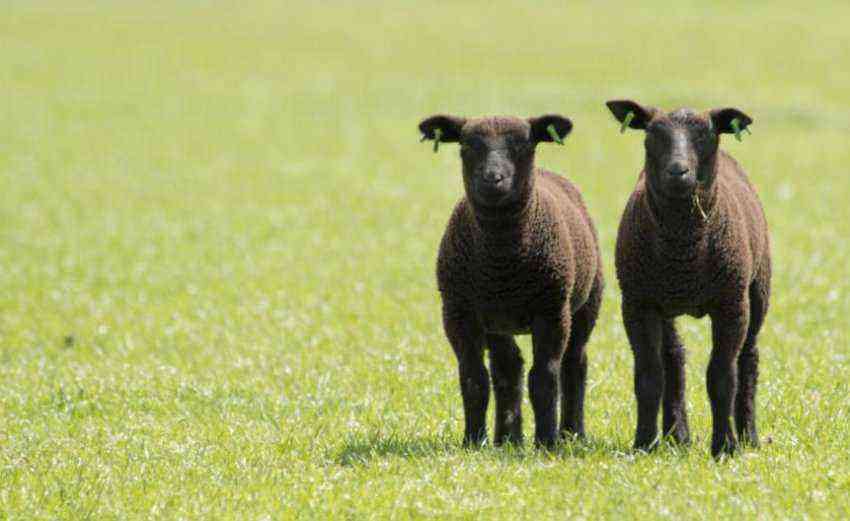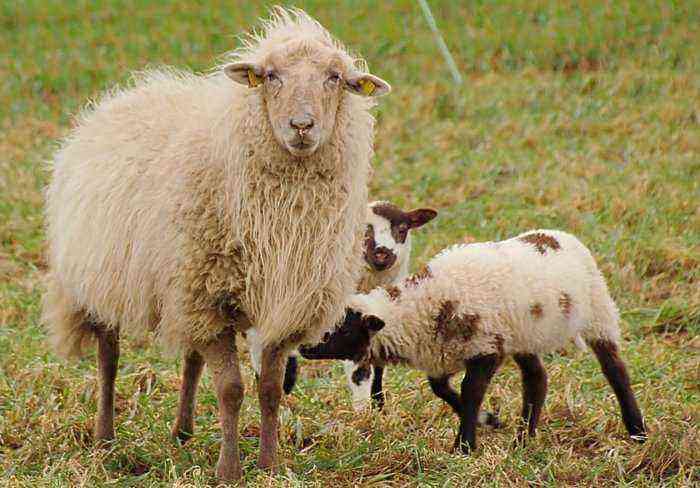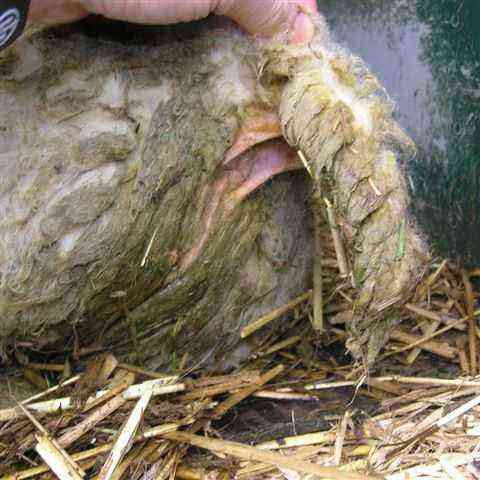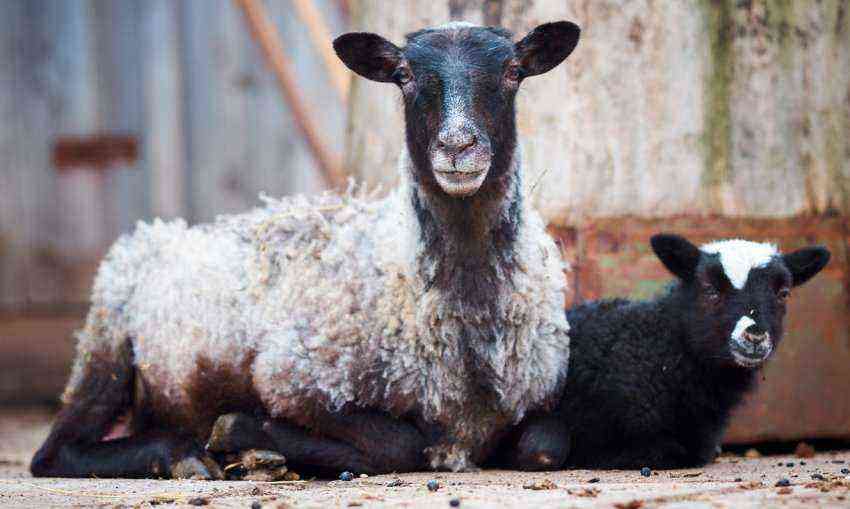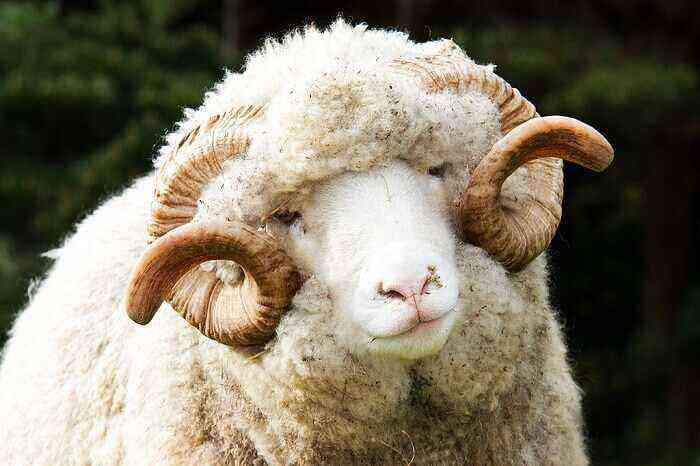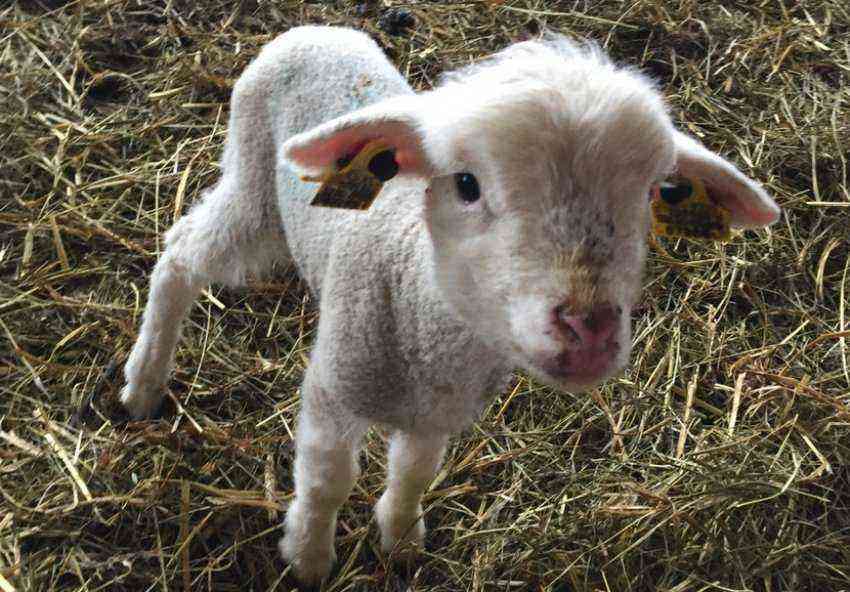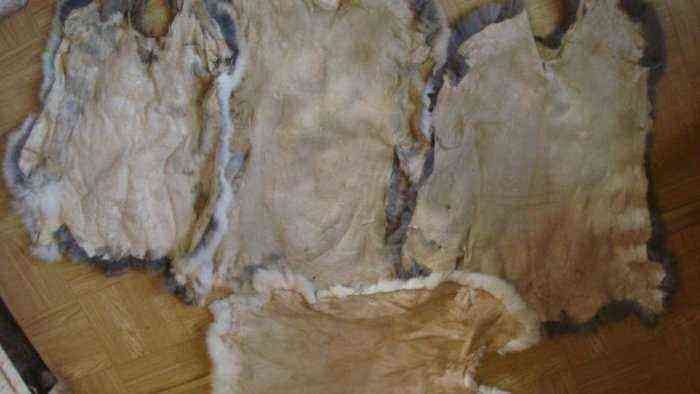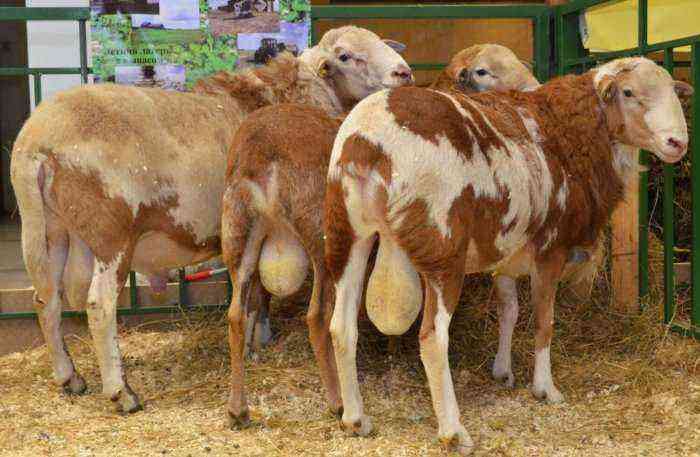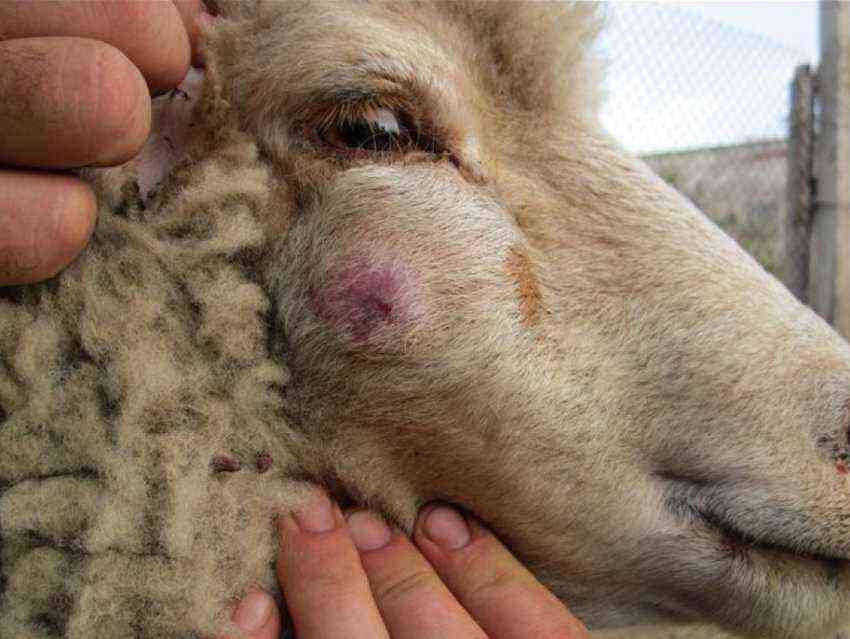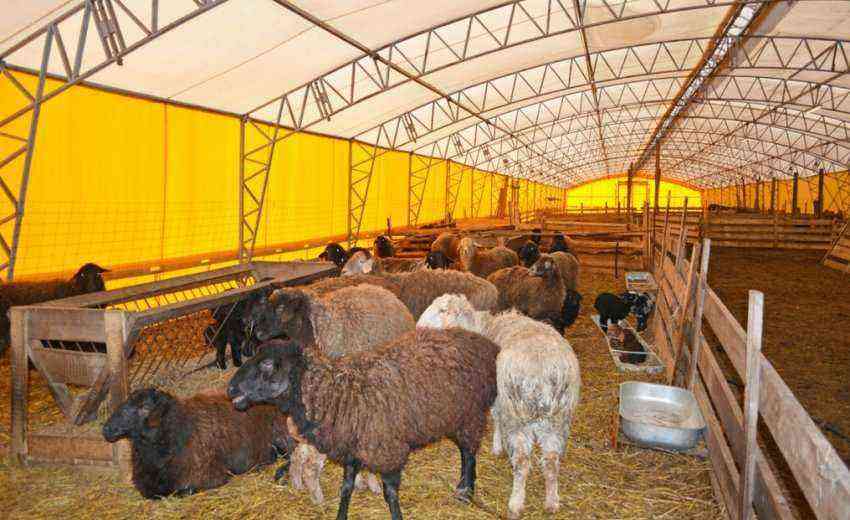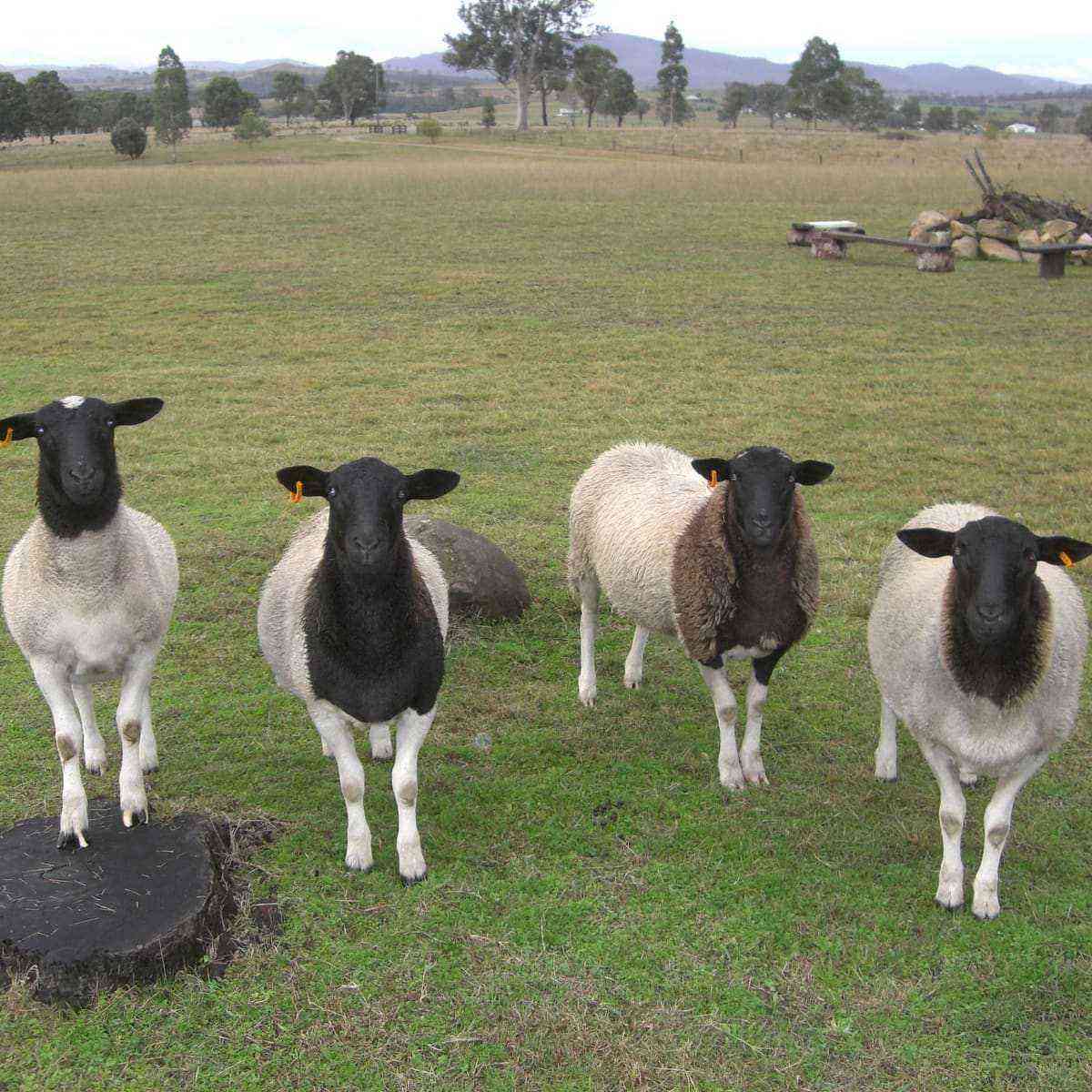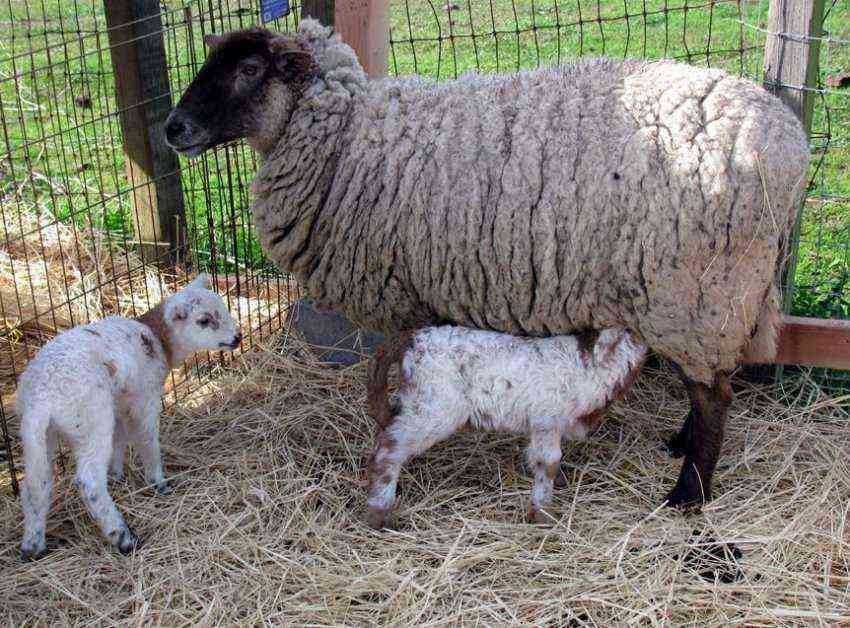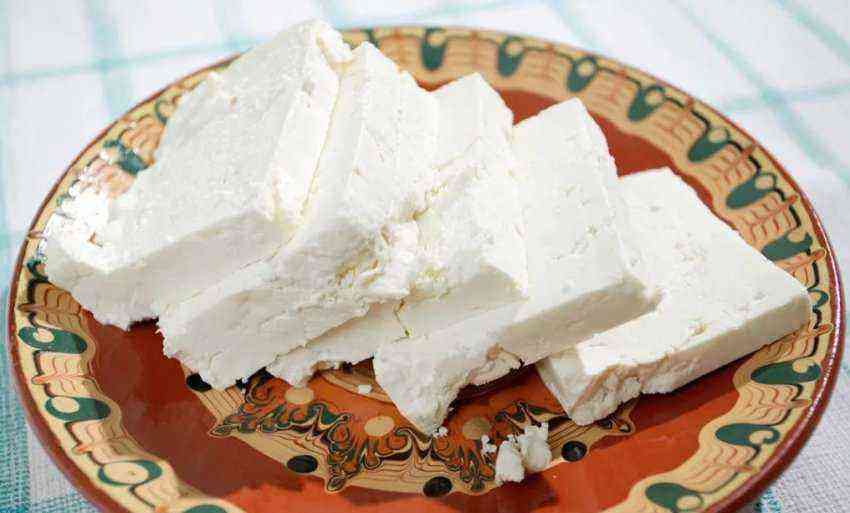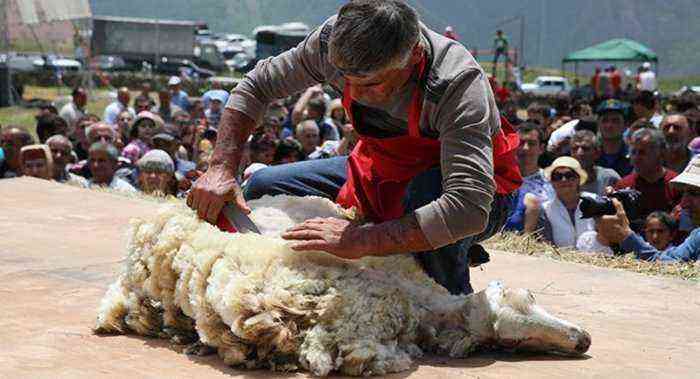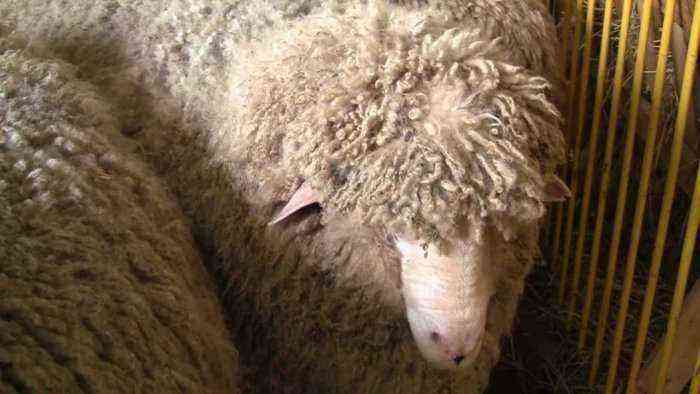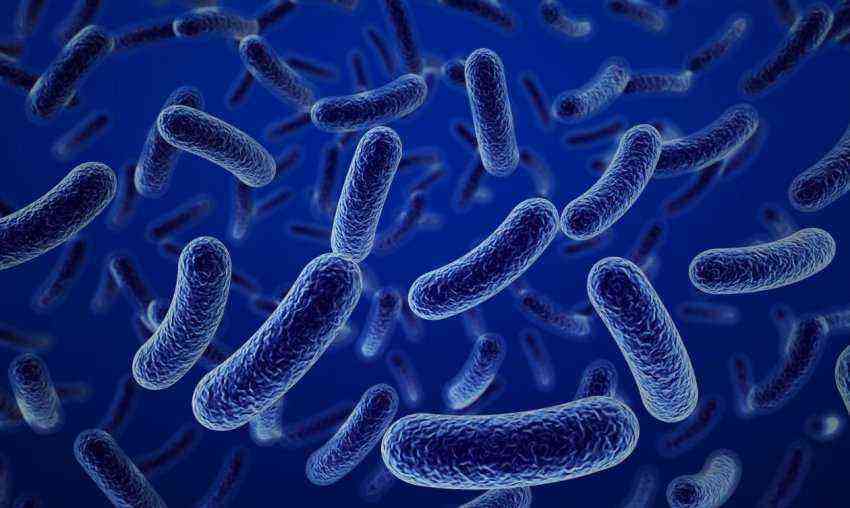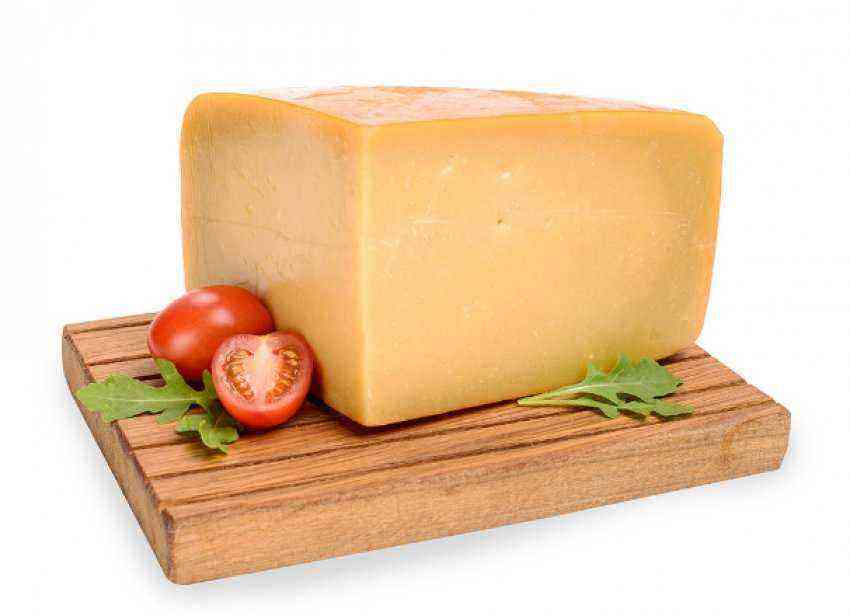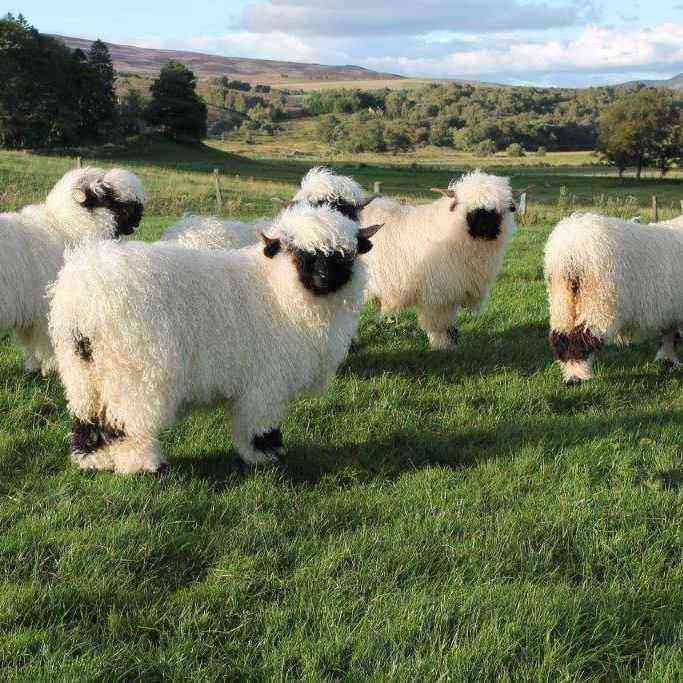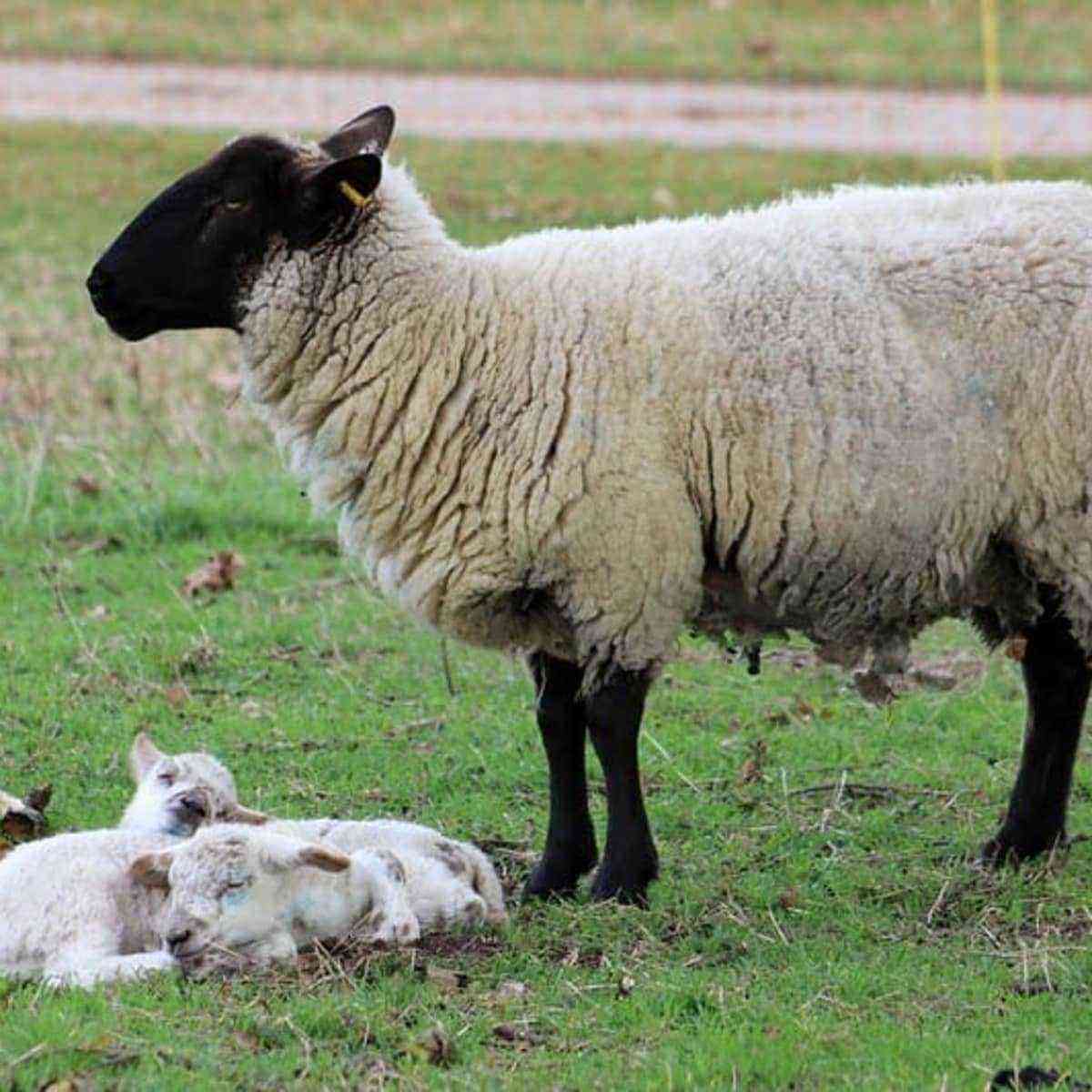The Tsigai breed of sheep is one of the oldest in the world. She is famous for her endurance and unpretentiousness. Its representatives are able to feed on sparse steppe vegetation and travel long distances, while gaining weight. Tsigai sheep are bred on the territory of Ukraine, in the Crimea, in the North Caucasus. The characteristics of the breed, its advantages, productive qualities are discussed in this article.
Tsigai breed of sheep
Short story
The Tsigai breed was obtained by folk selection. It is believed that the ancestors of these animals are fine-fleeced sheep that grazed in the pastures of Asia Minor even before the advent of our era. Tsigai sheep were brought to the territory of Tsarist Russia at the beginning of the 19th century by emigrants. In 1810, two flocks were delivered to the Taurida and Kherson provinces. The locals crossed them with Merino sheep. Their descendants interbred with the sheep brought by the Bulgarians to the territory of the modern Sea of u20buXNUMXbAzov. At the beginning of the XNUMXth century, this type of sheep spread to the North Caucasus, when the Ukrainian lands began to be intensively cultivated.
Modern Tsigai sheep are divided into 2 types:
- meat-wool (Priazovsky type) was created in the post-war years by crossing Tsigai sheep with English Romney March.
- wool and meat (Crimean type) was created in the 60-80s of the twentieth century, in 1990 it was approved.
Breed description
Tsigai sheep are the owners of a strong skeleton and dense physique. They are easy to recognize by the following characteristics:
- barrel-shaped body, elongated, knocked down;
- the line of the back is even;
- the region of the sacrum is wide;
- the neck is shortened, thick;
- the head is compact, the profile is even, neat;
- ewes are polled, males have large spiral horns;
- the chest is deep;
- limbs of medium length, correct setting;
- the tail is small;
- the coat is thick, uniform, white;
- the length of the fibers is 9 cm;
- fineness level 44-56, depending on the sex and age of the animal from which the wool was collected;
- ram weight – 85-100 kg, ewes – 45-50 kg.
Attention! The skin of newborn lambs of the Tsigai breed is folded. As the animals grow older, it levels off.
Productivity
Tsigai sheep are characterized by precocity. After being born, lambs quickly build up muscle mass, their weight increases daily by 380-450 grams. At the age of 5-7 months they reach lethal condition.
Attention! The net yield of meat from the carcass is 55-60%.
Wool productivity of sheep of the Tsigai breed is high
The wool productivity of the Tsigai sheep is also high. Despite the compact size of animals, it is possible to remove up to 7 kg of woolen raw materials from adult males per year, and 4-5 kg from queens. The rune is assigned quality level 44-56. The wool of Tsigai sheep is soft and thin, it consists of almost 80% down. It is used to make knitwear. The white fleece is highly valued, because it is easy to give it the desired shade.
Tsigai ewes provide not only meat and wool, but also provide the farmer with nutritious milk, from which cheese, sour-milk products and cottage cheese are made. For 1 lactation period, 80-100 liters of milk are milked from each sheep.
Reference. The fertility of females of the Tsigai breed is average – 115-140%. Okot takes place once a year.
Features of feeding and maintenance
Fine-fleeced and semi-fine-fleeced sheep are demanding in terms of keeping conditions and diet. The condition of the coat directly depends on the amount of nutrients, minerals and vitamins they receive. With a poor diet, its fibers become too thin and brittle, and the price of such raw materials decreases.
The basis of the summer diet of Tsigai sheep is green grass. Animals get most of their vitamins from it. In summer, sheep should be fed grains and legumes that contain protein.
In winter, it is necessary to carefully compose the diet of sheep, because at this time they usually bear lambs, therefore they need a full and varied diet. It includes:
- hay;
- compound feed;
- root crops and vegetables;
- mineral supplements.
Attention! Sheep must have access to drinking water at all times. For each individual per day, there are 6-8 liters.
Tsigai sheep are kept in sheep pens during the cold season. These animals are sensitive to dampness and drafts, so it is important to bring indoor humidity levels back to normal. Every day, the flock should be in the fresh air if there is no precipitation outside. The fact is that their wool quickly absorbs moisture, and then dries for a long time, because of which animals can catch a cold.
In summer, sheep spend most of their time on the pasture.
In summer, animals spend most of their time on the pasture. In the fresh air, their metabolism improves, which favorably affects the taste of meat products. To keep sheep healthy, they need to be vaccinated against infectious diseases according to the vaccination schedule, dewormed at least twice a year and treated with repellents. Sheep are sheared once a year in the spring.
Tsigai sheep are popular in Russia and Ukraine, as well as in the Caucasus. Their meat and wool productivity is at a high level, and the animals themselves are distinguished by endurance and unpretentiousness. Among their advantages, precocity and good health can be distinguished, and farmers consider the low fertility of females to be a disadvantage of the breed.
